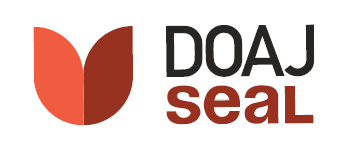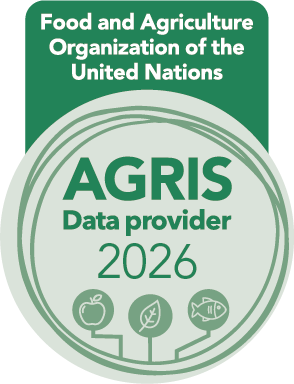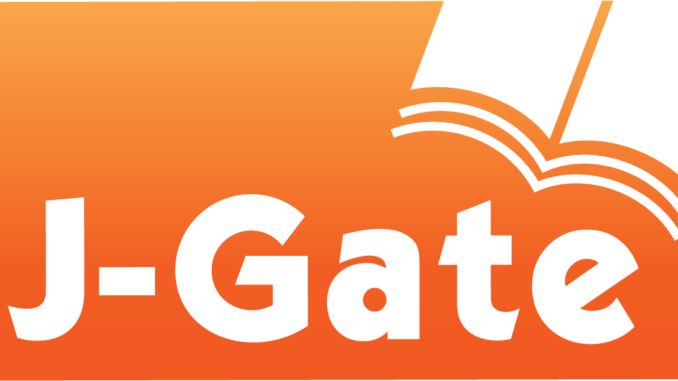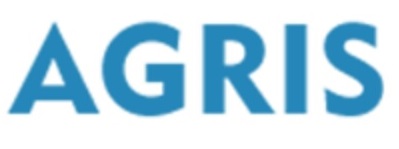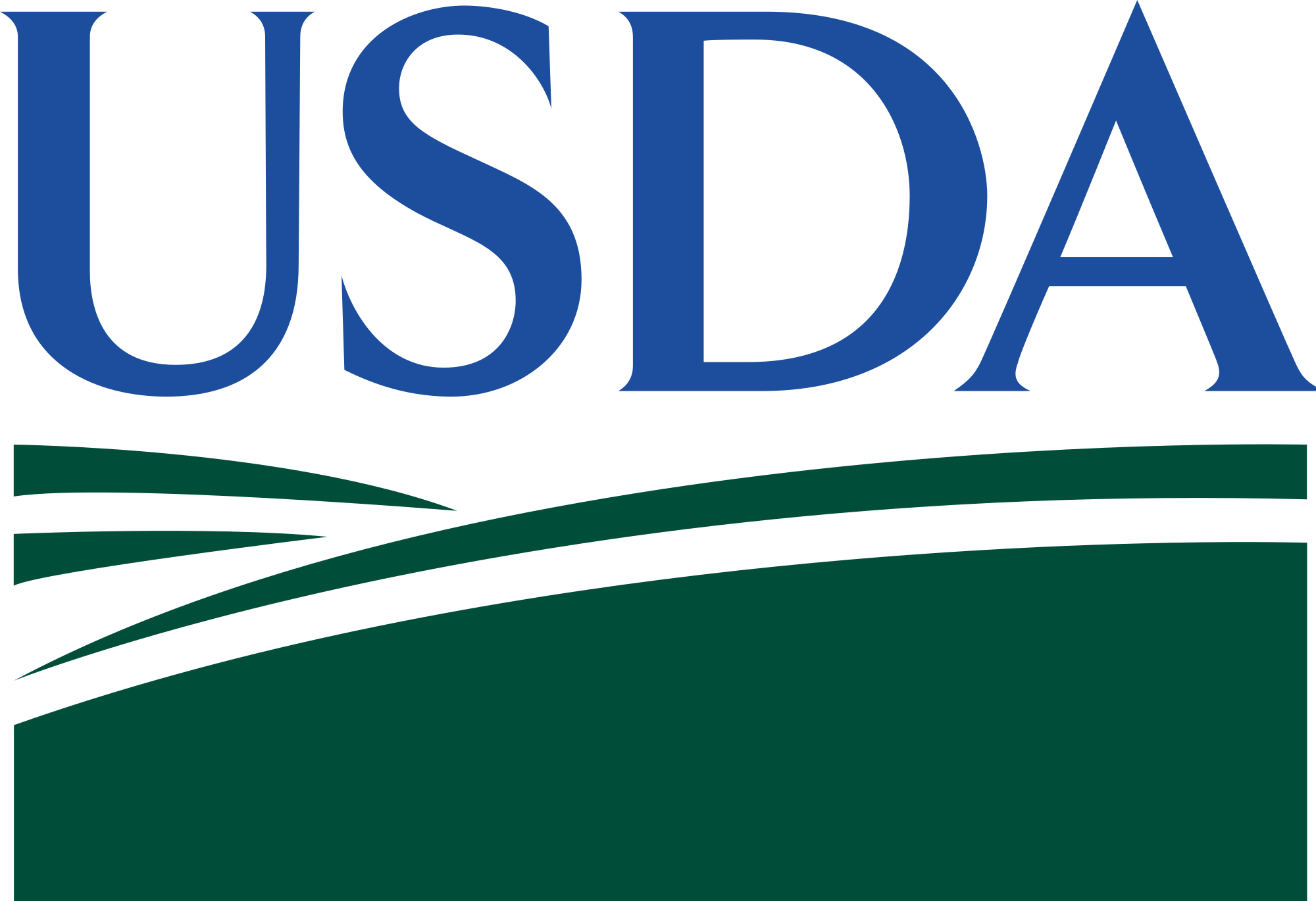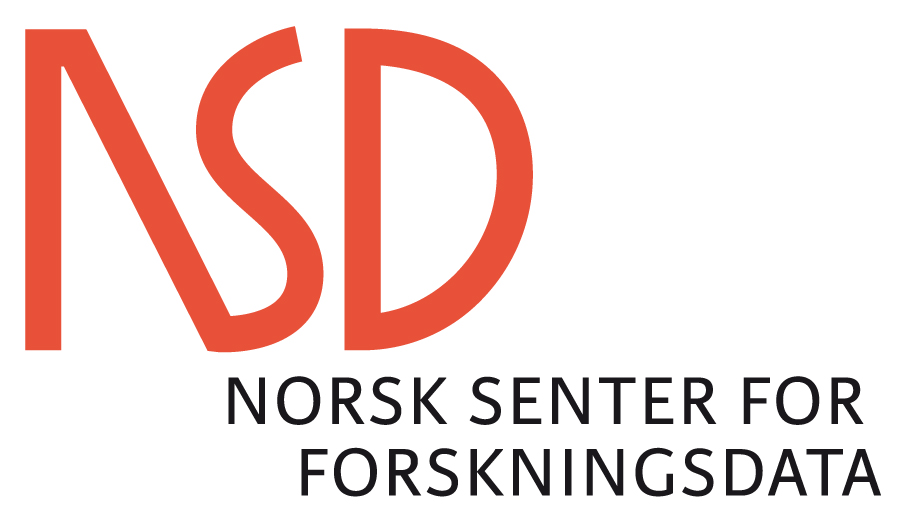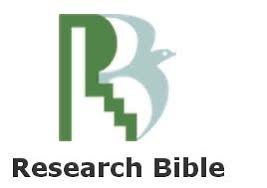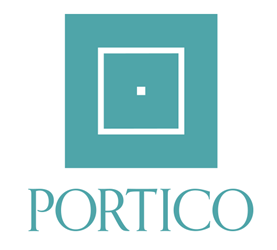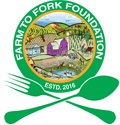Knowledge and Perceptions of Litchi Growers on Newly Recorded Transboundary Litchi Stink Bug (Tessaratoma javanica Thunberg) in Northern Bangladesh
DOI:
https://doi.org/10.5455/faa.248640Keywords:
Invasive pest, Farmers, Pest management, Infestation time, Plant partsAbstract
Litchi stink bug (Tessaratoma javanica Thunberg) has recently emerged as a significant pest of litchi in north-eastern part of Bangladesh. However, there has been limited study on its spread and management particularly by farmers in the northern region which is a primary litchi-producing area. This study was conducted through a cross-sectional survey during 2020-2021. A total of 125 growers were randomly selected from five upazilas in the major litchi-producing districts of northern Bangladesh. Results showed that majority of growers identified the litchi fruit borer (Conopomorpha sinensis), litchi mite (Eriophyes litchii Keifer), litchi lopper (Perixera illepidaria Guenée), and litchi stink bug (T. javanica Thunberg) as the major pests affecting litchi in the surveyed areas. Litchi stink bug infestation have occurred in all surveyed upazilas since 2016, and 46.4% of growers first observed the pest in 2017. Around 53% of the growers reported infestation in young green fruits, and 23.6% of the growers confirmed damage on litchi inflorescences. About 50.4% of growers mentioned that T. javanica infestation was peak in the month of March. The management practices used by the growers, mainly consisted of chemical controls with full reliance on organophosphate and neonicotinoid insecticides to combat the pest. Additionally, about 5% of growers in two upazilas also stated that they used traditional methods like handpicking and smoke. These findings highlight the importance of developing integrated pest management (IPM) strategies, to promote sustainable and environmentally friendly pest management that could prevent possible yield losses of litchi production.
Downloads
Downloads
Published
How to Cite
Issue
Section
License
Copyright (c) 2025 By the Authors

This work is licensed under a Creative Commons Attribution-NonCommercial 4.0 International License.


